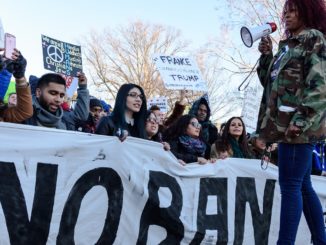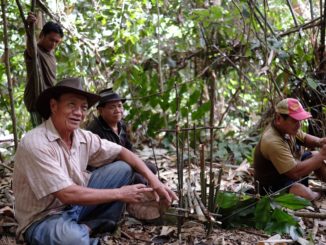
Welcome to Veracruz, Mexico, One of the Most Dangerous Places in the World to Be a Journalist
Source: The Nation
Killing reporters here is only one element in a campaign of state terror.
Xalapa, Mexico—This pleasant colonial city in the foothills of the Sierra Madre Oriental mountains, the capital of Veracruz state, is deceptively calm. Despite the surface normality, Veracruz may be the most dangerous place in the world to be a journalist. In the past seven years, a total of 25 reporters have been murdered, and another four have disappeared, according to the journalists I’ve talked to here. (One more reporter has just been murdered in Veracruz state, on March 21. Leobardo Vázquez, who ran a news website, had apparently gotten threats from local officials.) By contrast, in the entire United States, over the past 16 years only one journalist has been murdered for doing his job.


